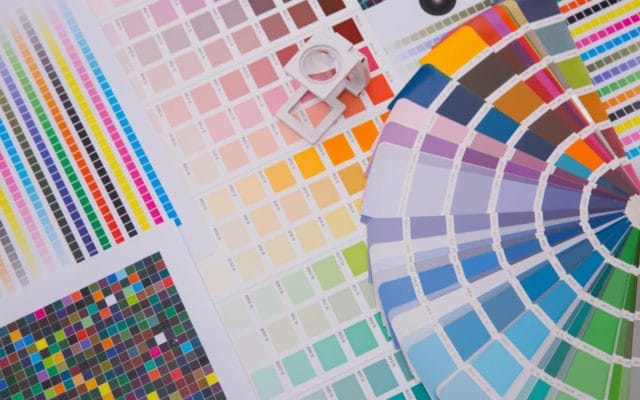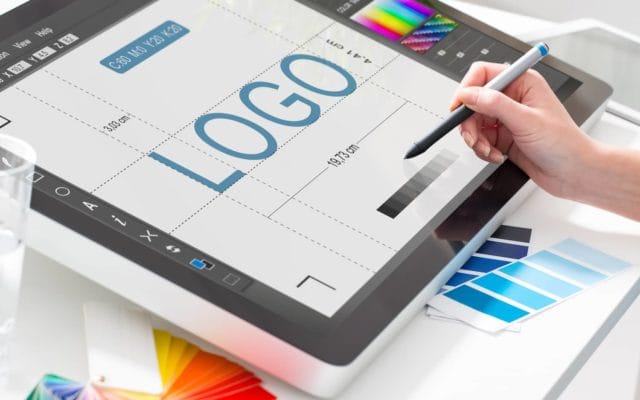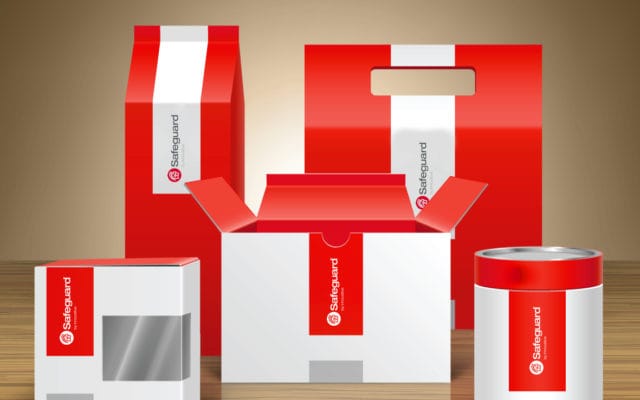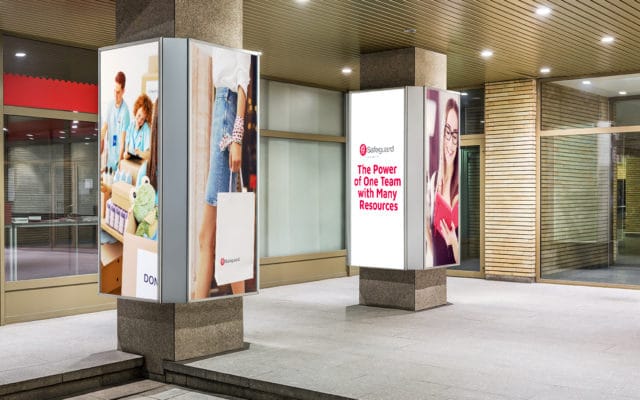Different Types Of Commercial Printing: Which One Is Right For Your Project?
By Drew Galvin on April 7, 2022
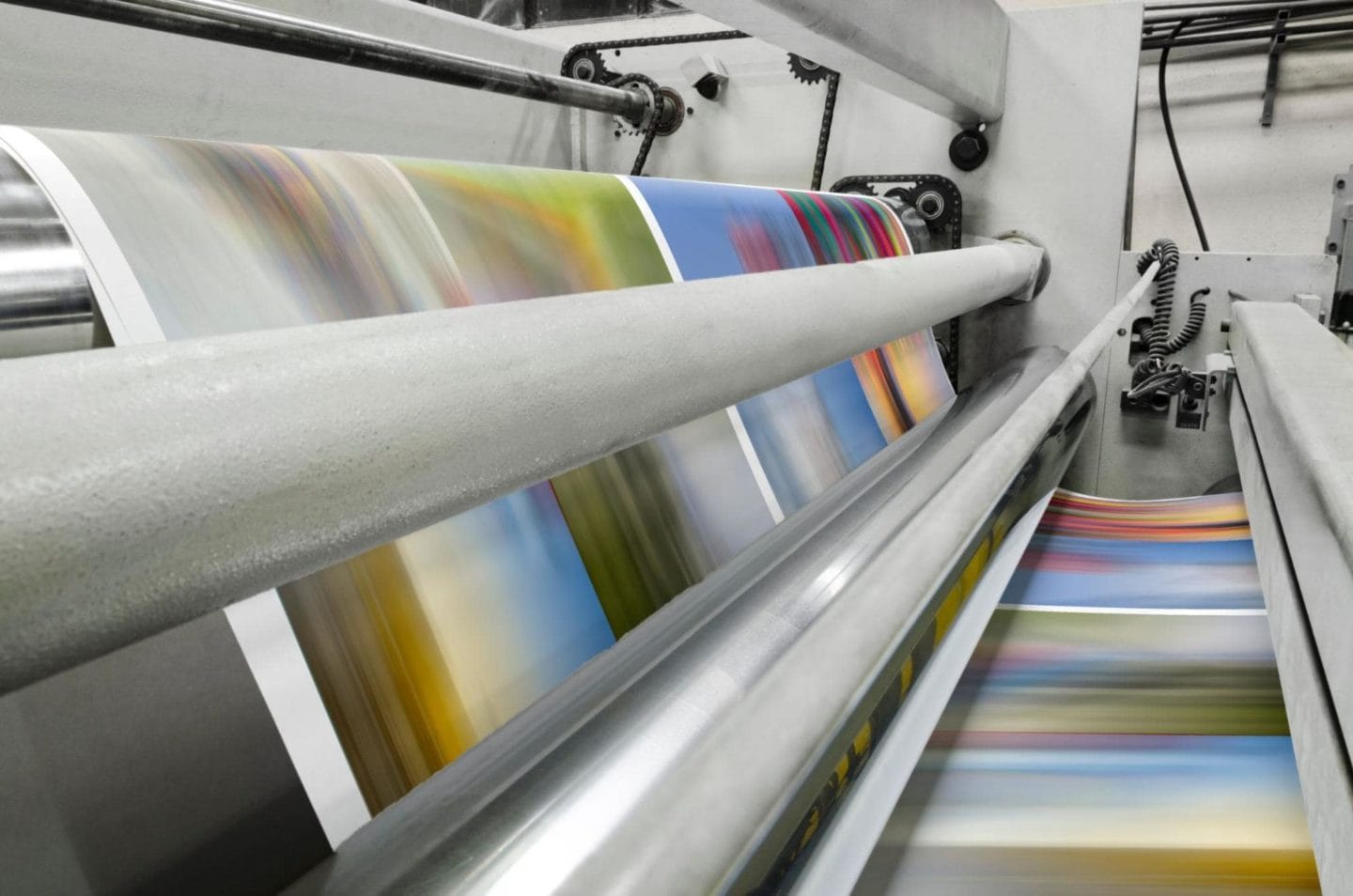
Commercial printing is not dead. With the advent of different types of commercial printing, print has actually grown to outpace digital marketing in certain circumstances (e.g. SEO, PPC, etc.). Are you wondering what type of commercial printing is best for you? This blog will explore the different types of commercial printing and which one(s) may be right for your business.
Is One Type Of Commercial Printing Better Than Another?
No one commercial printing technique is necessarily better than another. Instead, it’s a question of which type is right for your commercial printing project.
Whether you need a handful of high-quality printed materials for a client meeting or hundreds (or maybe even thousands) of direct mail pieces produced for a marketing campaign, the project itself will largely determine what type of commercial printing to choose.
To help you understand which type is best for your current needs, we’ll explore the following types of commercial printing below:
- Digital printing
- Offset lithography printing
- Large format printing
- LED UV printing
What Is Digital Printing?
Digital printing is the process of printing digital-based images directly onto a variety of substrates. An alternative to traditional methods such as lithography, flexography, gravure, letter press, and others, digital printing removes some of the mechanical steps required for conventional printing, such as making films and color proofs, manually stripping the pieces together, and making printing plates (printing plates are used to transfer images and text onto the surface you want to print one).
What Is The Printing Process For Digital Printing?
During the digital printing process, an image goes directly from your PDF file, for instance, straight to the digital printer. There is no need to create any plates, and setup time is a fraction of the time offset lithography (or offset) printing usually takes.
What products are printed using digital printing?
- Labels
- Letters
- Newsletters
- Banners
- Point of sale items
- Menus
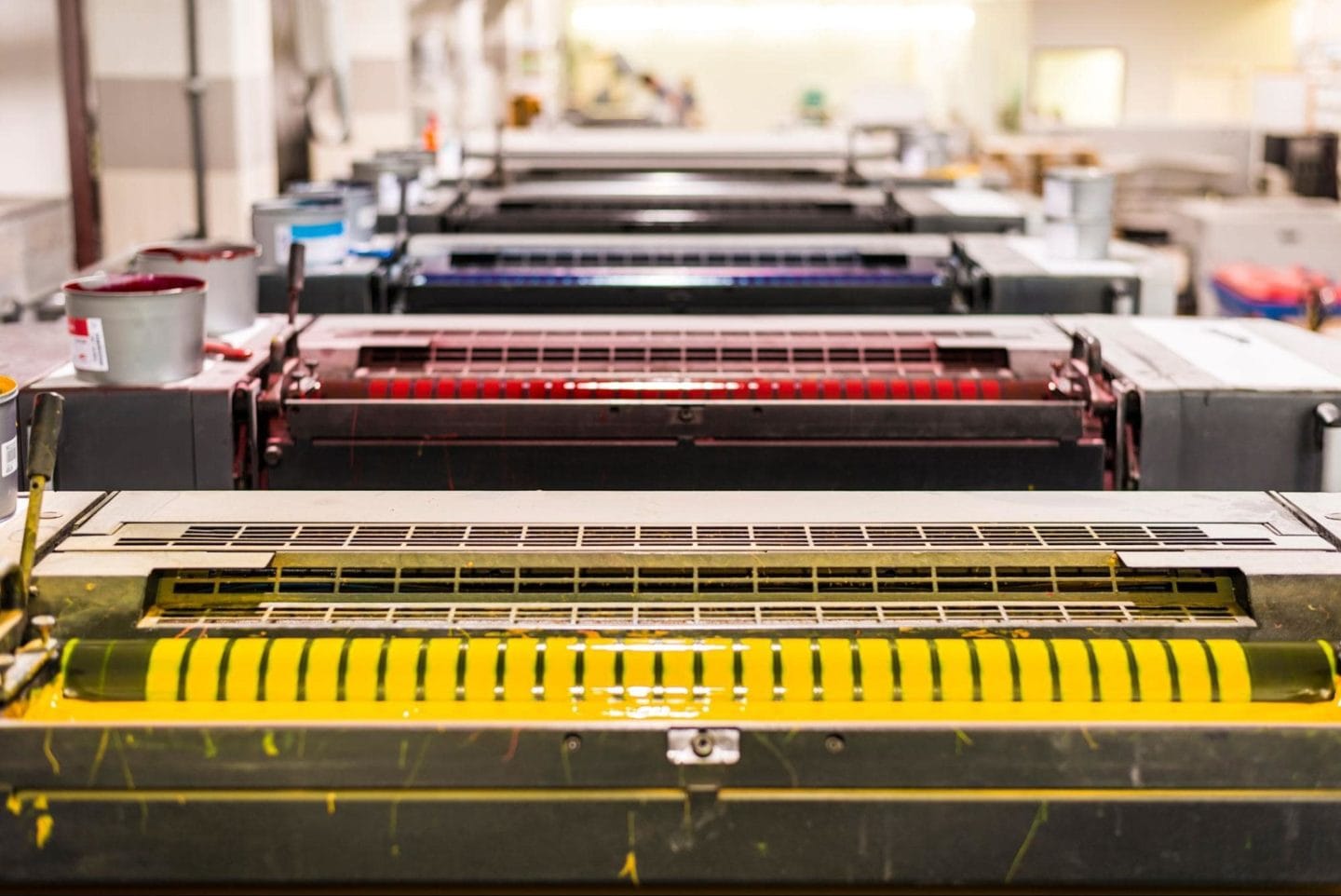
What Is Offset Lithography Printing?
Offset lithography printing is the process of transferring the image/content from a metal plate to a secondary roller and then onto the paper. Known as one of the more traditional types of commercial printing, the benefits of offset lithography include its versatility and cost-effectiveness when handling a large quantity of prints.
What Is The Printing Process For Offset Lithography?
Offset lithography works on the principle of oil and water separation. The plates of the press have been treated to make image areas attract ink and non-image areas attract water to repel the ink. When water and ink are applied by the printing rollers to the plate, the oil-based ink sticks to the image while water sticking to the non-image area repels it.
The inked area is transferred to a rubber cylinder, sometimes referred to as the “blanket.” As the paper rotates around the blanket, the image information is transferred or “offset” onto the paper.
What substrates are printed using offset lithography?
- Boxes
- Cardstock
- Paper
- Plastic
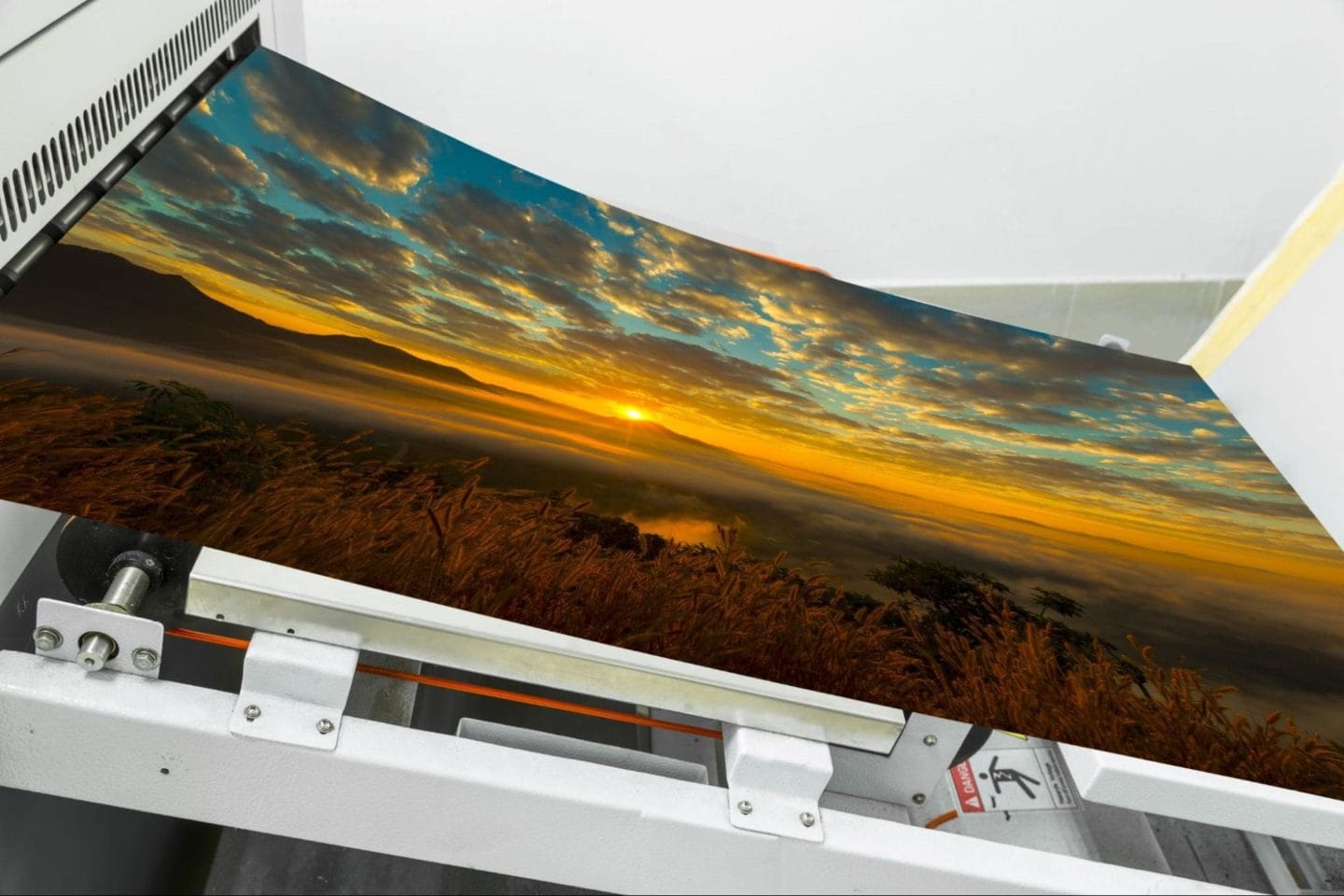
Offset Lithography Vs. Digital Printing: Is it A Competition?
Similar to the relationship between print and digital marketing, the different types of commercial printing work together. We’ll explore the pros and cons of both offset and digital printing below, and take a deeper look at how both can be effective when used appropriately.
The Pros Of Offset Lithography Printing
- Cost-effective for larger products. While more expensive for projects of fewer quantity, conventional printing is more cost-effective as the quantity of a project increases.
- Special printing. Offset lithography printing allows for printing on a variety of stocks, such as textured or heavy card stock, that do not work with digital printing equipment.
- Quality. Another advantage of offset lithography printing is its ability to produce high-quality options for projects requiring heavy solid ink coverage or shaded areas.
The Cons Of Offset Lithography Printing
- Less cost-effective for smaller print quantities. While great for certain projects, offset lithography printing isn’t typically a go-to for smaller quantity projects, as the time it takes to create a plate and set up an offset printer usually means more money spent during the printing process.
- More expensive to make edits. Whereas digital software can quicken the editing process, proofing and editing are more costly and time-consuming with an offset printer.
- Increased waste and recycling. Offset lithography printing has needs for items such as metal printing plates which need to be disposed of after the project has printed. Also, lithographic inks can often end up in a landfill, both of which can increase a business’s carbon footprint. One way to mitigate this is to partner with a commercial printing company that offers soy-based inks, recycled substrates, eco-friendly consumables, and low VOC (volatile organic compounds) press solvents.
The Pros Of Digital Printing
- Short print runs. Digital printing is a cost effective option for producing a small quantity of your printed collateral.
- Quick Turn Around. Digital printing requires less set up time than offset lithography printing, allowing for your materials to be produced quicker.
- Lower costs. Since commercial digital printers are easier to set up, the speed and ease of set up means lower per unit printing costs for small quantity projects. This translates to more money saved for your business in the long run.
The Cons Of Digital Printing
- Cost of printing large quantities. Digital printing is cost effective for printing small quantities. However, for larger quantities, digital printing can become expensive, making offset lithography printing more cost effective.
- Difficulty printing on dark colors. Since most digital presses don’t have white ink, printing white or light colors on dark paper is a challenge for the toner-based digital presses.
- Challenge to match colors. While digital is an excellent choice for many projects, some digital presses struggle to replicate colors like tans and shades of light blues.
Though each has its natural benefits and drawbacks, a combination of offset lithography and digital printing can help a business fulfill a wide range of printing needs. Sometimes your business may need a smaller quantity project completed close to a deadline, making digital printing the go-to choice. At other times, however, your projects may be better suited for offset lithography printing, which accommodates heavier printing substrates and types of finishes.
Now, let’s take a look at the other remaining types of commercial printing.
What Is Large Format Printing?
Large format printing refers to print materials that are larger than the size traditional printing presses can accommodate. Sometimes referred to as wide-format printing or grand-format printing, this method requires the use of specialty production equipment that can handle bigger-than-normal print dimensions.
The process for large format printing and digital printing is similar. In both, the ink is applied directly to the products, making large format printing an ideal technique for full-color images and photographs. As with all printing methods, the print quality is dependent on the quality of the design or photograph supplied.
Typically, the maximum width of most large format printers is 61 inches. The length is usually determined by the length of the material being printed. For marketing materials like banners and roll-to-roll print substrates, the length can be just about any size.
What products are printed using large format printing?
- External banners
- Large signage
- Pop-up displays
- Billboards
- Other large-scale marketing materials
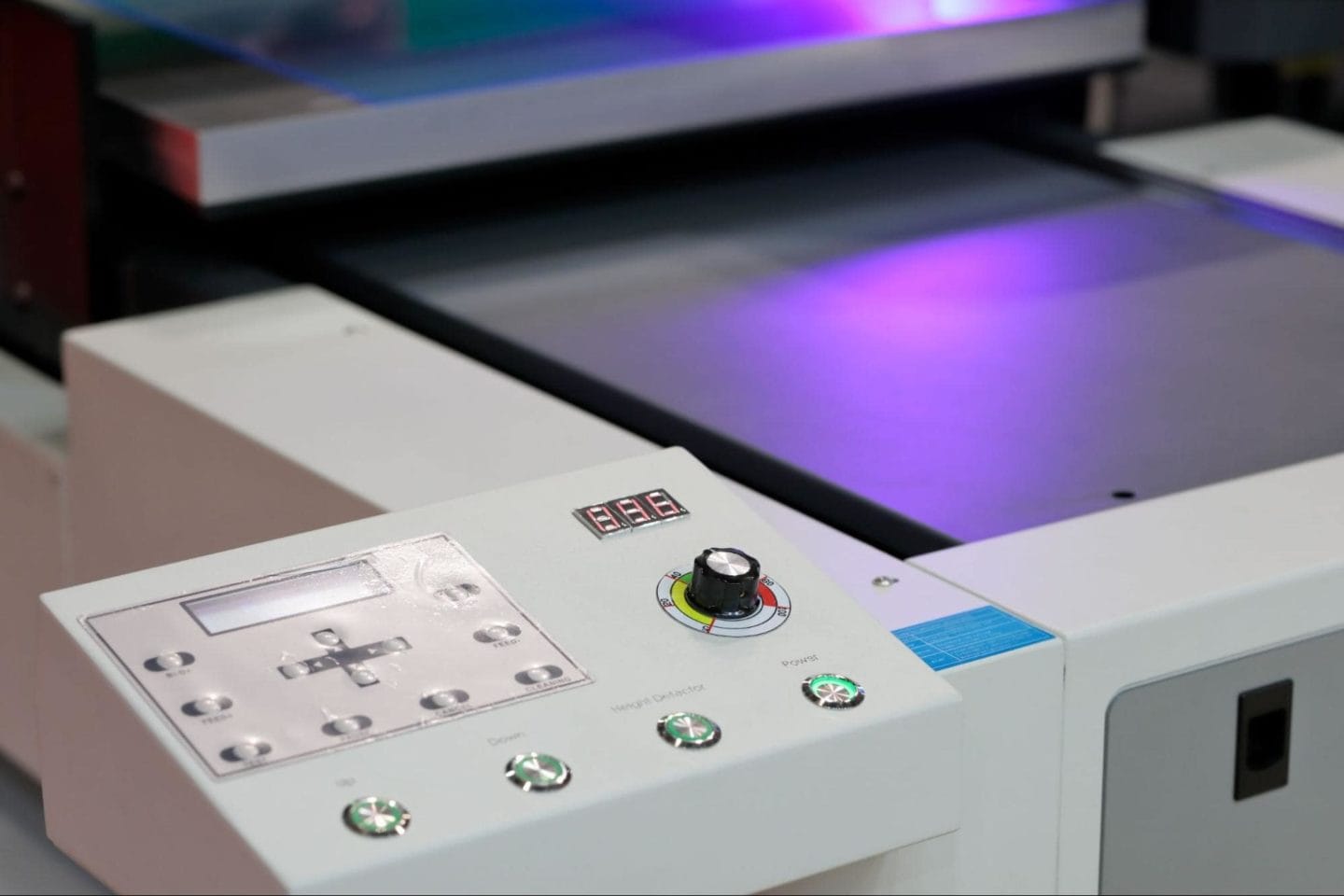
What Is LED UV Printing?
UV printing is a unique form of digital printing that uses ultra-violet light to instantly cure or dry the ink. Since the ink dries in an instant, better quality images can be achieved than many other printing methods.
One of the unique selling points of LED UV printing is the unique drying method called UV curing. UV curing uses light instead of heat when drying, meaning it takes only a couple of seconds to harden the adhesives, inks, or coatings that have been used. The process improves the turnaround time and helps the ink retain its depth of color and quality. LED UV uses around 20% less ink than conventional printing presses as the quick drying time reduces absorption and dispersion of the ink into the stock.
LED UV printing also allows the option to print on silk, lux, or uncoated paper. All of these stocks provide unique and distinct advantages that can further help marketing materials like brochures to stand out.
What products are printed using LED UV printing?
- Catalogs
- Handbooks
- Lookbooks
- Magazines
- Posters
- Leaflets
- Brochures
Remember, it’s not a question of which type of commercial printing is better – it’s about finding the one right for the project you need completed. Be sure to partner with a commercial printing company that has the expertise and technology needed to turn your printed items into eye-catching, long-lasting materials.


